38 how to read nutritional facts labels
PDF MOVE! Nutrition Handout N10: How to Read a Nutrition Facts Label size" is the official term used on food labels. Nutrition facts given on the food label are based on one serving. Be sure to look at the number of servings in the container. Even small containers may have more than one serving. If you eat the whole container, then you must multiply the nutrition values by the number of servings in the ... Reading Nutrition Facts Labels Like a Pro: Dietitian Tips ... - NutriSense When looking at nutrition labels, make sure there are no added sugars. Depending on the food product, Molly ideally prefers to see a range of 0.0 to 0.5 grams of sugar, but it depends on the situation so she doesn't have a specific range that fits every case. Fewer Ingredients = Healthier Choices
How to Read Everything on the Nutrition Facts Label - Food Network Serving sizes are a useful tool for telling us how many nutrients we're consuming. When you take a look toward the top of the Nutrition Facts label you'll see the servings per container and the...
How to read nutritional facts labels
Nutrition Facts Labels - How to Read - For Kids - Dr. Smarty Nutrition Facts Labels - How to Read - For Kids - Animation for American Nutrition facts labels explained. Learn How the Nutrition Facts Label Can Help You Improve Your Health Read the Nutrition Facts labels on your packaged food and drinks to keep track of sugars, fats, protein, and other nutrients. Most sodium we consume is from salt, and salt is commonly in processed foods. Read labels and choose the product with less sodium. Drink plain water instead of sugary beverages. This Is How to Read a Nutrition Facts Label on the Keto Diet Even if you don't keep count of your exact vitamin and mineral intakes, the daily values on labels can be a helpful guide to choose more nutritious foods consistently. Step #5: Check the Ingredients List Before you make a purchase decision, always check the ingredients list to help you find the highest quality food that fits your needs.
How to read nutritional facts labels. Nutrition: How to Read a Nutrition Facts Label - familydoctor.org Men 50 years of age or younger should get at least 38 grams of fiber per day. Women 50 years of age or younger should get at least 25 grams of fiber per day. Fiber is found in fruits, vegetables, and whole grains. Look for the words "whole grain" on the package and ingredient list. Vitamins and minerals. How to read nutrition facts on food labels? What nutrients are required to be listed on the Nutrition Facts label? Every nutrition facts panel must include the following 15 nutrients: Calories. Calories derived from fat. Fat in total. Carbohydrate total. Trans fats are unhealthy fats. Cholesterol. PDF How Do I Understand the "Nutrition Facts" Label? Nutrition Facts label and ingredient list. When you go grocery shopping, take time to read the Nutrition Facts labels on the foods you purchase. Compare the nutrients and calories in one food to those in another. The information may surprise you. Make sure you aren't buying foods high in calories, saturated fat, trans fat, sodium and added ... How to Read the Nutrition Facts Label - Greater Boston Urology ELLE: Those numbers with the percent symbols next to them represent the nutrient's "daily value" (DV). The percentage stands for what percent of your daily need for a nutrient is met by one serving of the food. The DV should only be used as a guide, since the percentages are based on a 2,000 calorie diet, and not everyone has the same ...
How to Read a Nutrition Facts Label | Everyday Health How to Read a Nutrition Facts Label First, know that, as the label itself states, the included nutritional info is based on a 2,000-calorie-a-day diet. Your personal nutritional needs may vary,... › food › nutritionThe Basics of the Nutrition Facts Label The following is a quick guide to reading the Nutrition Facts label. Step 1: Start with the Serving Size Look here for both the serving size (the amount people typically eat at one time) and the number of servings in the package. Compare your portion size (the amount you actually eat) to the serving size listed on the panel. How to Read Nutrition Facts Labels - Action for Healthy Kids Choosing foods that have smaller percentage Daily Value for saturated fat, added sugars and sodium. A small percentage or low amount of a specific nutrient is considered 5% DV or less. Choosing foods that have higher percentage Daily Value for vitamins, minerals and fiber. A higher percentage of a specific nutrient is considered 20% DV or more. Nutritional Analysis, Calculator & Labelling Software ... Food Manufacturing. Save thousands in lab and consulting fees by bringing nutrition analysis in house. With MenuSano, create compliant nutrition fact labels, store recipes securely in the cloud and conduct virtual recipe experimentation.
How To Read Food and Beverage Labels - National Institute on Aging At the top of the Nutrition Facts label, you will find the total number of servings in the container and the food or beverage's serving size. The serving size on the label is based on the amount of food that people may typically eat at one time and is not a recommendation of how much to eat. Read more about serving and portion sizes. How to Read Nutrition Labels - Verywell Fit When you select foods, read Nutrition Facts labels to choose foods that provide protein. Lean meat products and low-fat dairy products are good examples. But when you check the nutrition label for protein, scan the fat grams to make sure the number is not too high. Many protein-rich foods are also high in saturated fat, and some foods in the ... Understanding Food Nutrition Labels | American Heart Association 1 - Start with the serving information at the top. This will tell you the size of a single serving and the total number of servings per container (package). 2 - Next, check total calories per serving and container. Pay attention to the calories per serving and how many calories you're really consuming if you eat the whole package. Understanding Food Labels | The Nutrition Source | Harvard T.H. Chan ... The Nutrition Facts Label The Nutrition Facts label is overseen by the U.S. Food and Drug Administration (FDA) and was first mandated under the Nutrition Labeling and Education Act of 1990 to help consumers make quick, informed food choices. It has undergone revisions, with the latest update released in 2016.
Food Labels 101: Understanding the Nutrition Facts Label Nutrition labels can be a great tool for managing a heart healthy diet, which makes it very important that you understand what you're looking at when you read a label. Nutrition labels are based on a daily 2,000 calorie diet. Depending on your age, gender and activity level, you may need to consume more or less than 2,000 calories per day, so ...
Learning To Read Labels :: Diabetes Education Online The "Nutrition Facts Label" is found on the outside of the container. To count carbohydrates, look at three things: Serving Size Number of Servings Per Container Grams of Total Carbohydrate per serving The total carbohydrate tells how many grams of carbohydrate are in one serving. Be careful when reading the label.
3 Ways to Read Nutrition Facts on Food Labels - wikiHow Life 4. Aim to consume under 60% of your daily value in sodium. 20% of your daily value in sodium (per serving) is considered high. This means that with 3 meals in a day, you should keep your sodium intake under 60%. If you can't, try to avoid exceeding 100% of your daily value (2,300 milligrams).
How to Read a Nutrition Facts Label - 101 — Holistically Loved Make sure to check ingredients label. PROTEIN (pink): There are 6 grams of protein in these 28 biscuits. For a cereal 6 g is a good number to go for. You're looking for at least 3- 5 grams of protein in a packaged product. 3.) The most important section to look at is the ingredients label. The truth is all here.
How to Read Nutrition Facts | Food Labels Made Easy - YouTube One of the best ways to improve your health quickly is by learning how to read nutrition labels. The first thing you'll notice at the top of nutrition facts are the serving size and servings per...
nutritiondata.self.comSELF Nutrition Data | Food Facts, Information & Calorie ... The Nutritional Target Map™ The Nutritional Target Map™ allows you to see at a glance how foods line up with your nutritional and weight-management goals. The closer a food is to the right edge of the map, the more essential nutrients per calorie it contains. For a more nutritious diet, select foods that fall on the right half of the map.
How to Read Food Labels: Your Complete Consumer Guide To fully understand the Nutrition Facts portion of a label, for example, requires some basic knowledge of your nutritional needs. As well as instructions on what not to pay attention to (I'm looking at you, Kellogg's Frosted Flakes, when you claim to be a "Good Source of VITAMIN D"). This trick has a name — greenwashing.
How to read food labels by david delacruz on Prezi Next How to read food lables By:David De la cruz How to understand it How to undersand it Food labels are easy to read it's pretty much there and labeld like this example right here. It will tell you how much caleries you are eating right away . Here is a comparison of a new lable and. Get started for FREE Continue.
› new-nutrition-facts-labelThe New Nutrition Facts Label | FDA - U.S. Food and Drug ... Visit the Interactive Nutrition Facts Label to explore the label, from top to bottom. This tool provides a detailed look at all the information listed on the Nutrition Facts label, helpful tips for...
shopncook.com › nutritionFactsLabelMake Your Own Food Nutrition Facts Labels! - Shop'NCook Food Nutrition Facts Label Creator. Format. Long format Short format. Serving size. Serving size quantity (example: about 1/2): Serving size unit (example: cup): Serving size in gram, mL or mg (if serving size unit is not g, mL or mg):
& Generate Nutrition Labels | Nutritional Label ... Create Your Own Nutrition Fact Labels FDA and CFIA-compliant nutrition fact labels, recipe costing, and inventory management – at an affordable price.
Use the Nutrition Facts Label - National Institutes of Health Get enough of these: potassium, fiber, vitamins A and C, calcium, and iron Use the Percent Daily Value (% DV) column when possible; 5% DV or less is low, 20% DV or more is high Visit the Smart Food Shopping page and learn how the label can help you choose foods lower in calories, fat, and added sugar to help maintain a healthy weight.
Food label reading guide | Nutrition Australia The Health Star Rating is a front of pack labelling scheme which can be used to make healthier food choices at a glance. The rating range is from ½ - 5 stars and the more stars, the healthier the choice. Recommended minimum star ratings for food and drink categories Remember: Reading food labels can help us make healthy choices.
› food › new-nutrition-facts-labelHow to Understand and Use the Nutrition Facts Label | FDA When looking at the Nutrition Facts label, first take a look at the number of servings in the package (servings per container) and the serving size. Serving sizes are standardized to make it easier...
This Is How to Read a Nutrition Facts Label on the Keto Diet Even if you don't keep count of your exact vitamin and mineral intakes, the daily values on labels can be a helpful guide to choose more nutritious foods consistently. Step #5: Check the Ingredients List Before you make a purchase decision, always check the ingredients list to help you find the highest quality food that fits your needs.
Learn How the Nutrition Facts Label Can Help You Improve Your Health Read the Nutrition Facts labels on your packaged food and drinks to keep track of sugars, fats, protein, and other nutrients. Most sodium we consume is from salt, and salt is commonly in processed foods. Read labels and choose the product with less sodium. Drink plain water instead of sugary beverages.
Nutrition Facts Labels - How to Read - For Kids - Dr. Smarty Nutrition Facts Labels - How to Read - For Kids - Animation for American Nutrition facts labels explained.

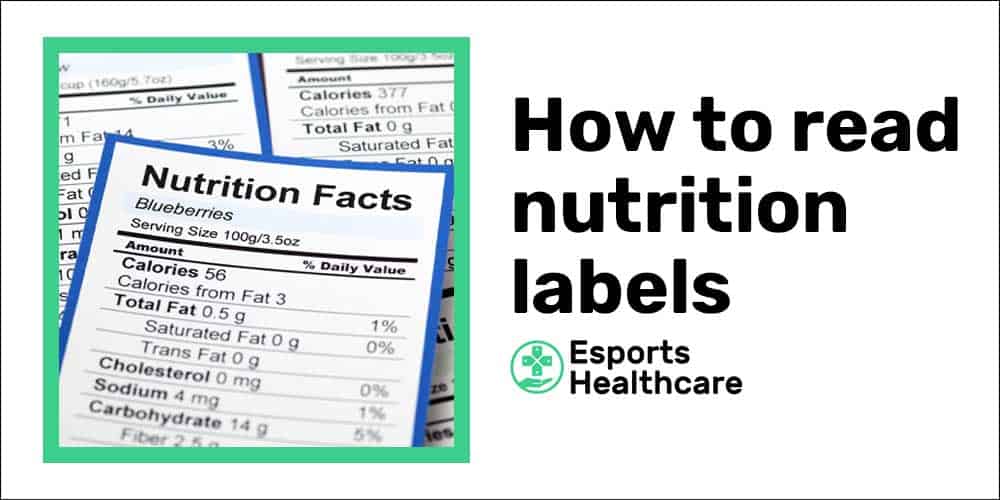
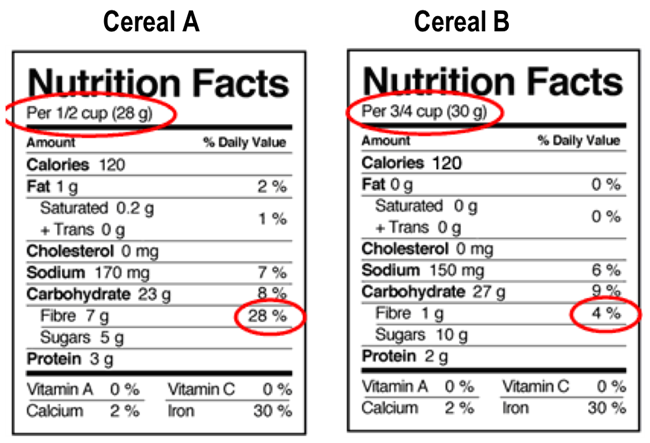



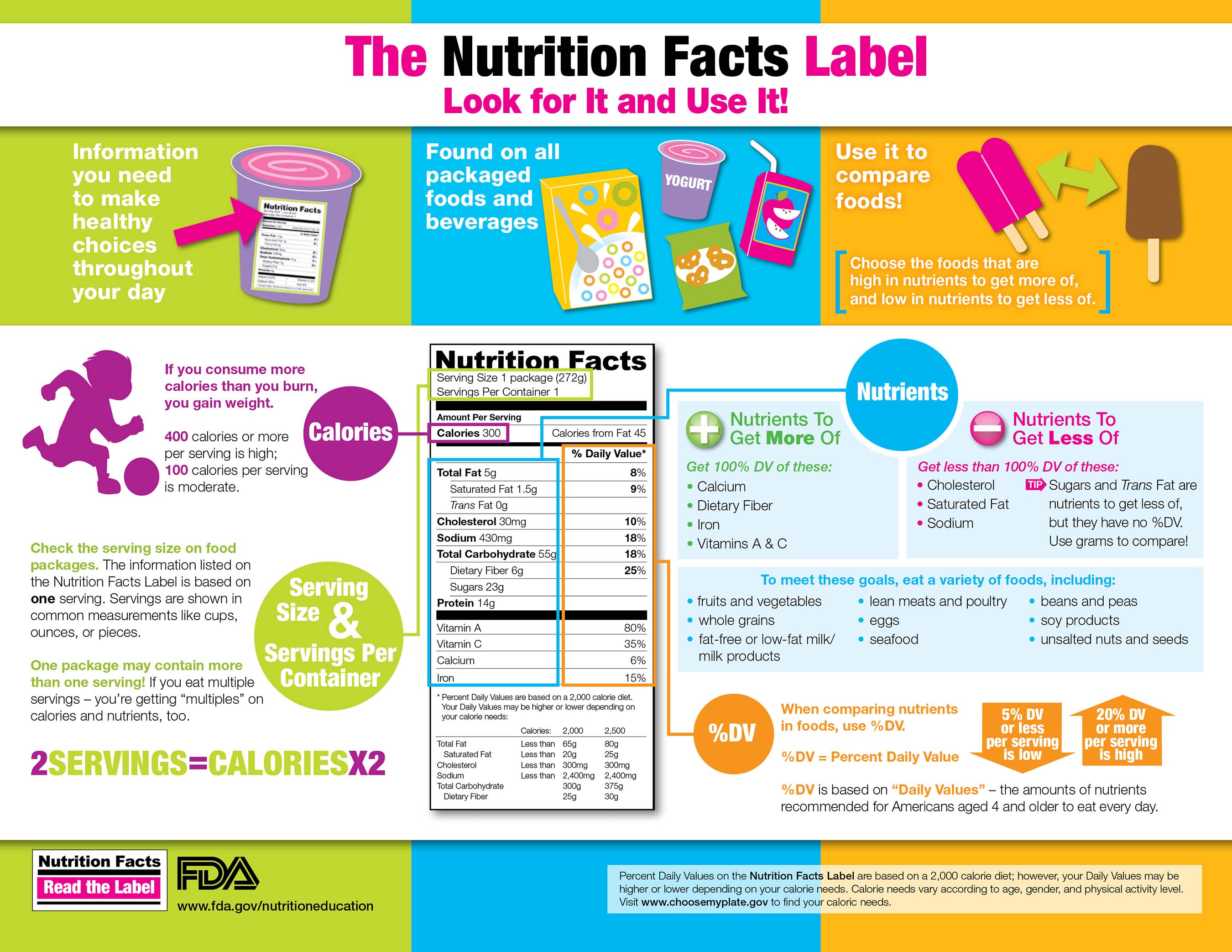
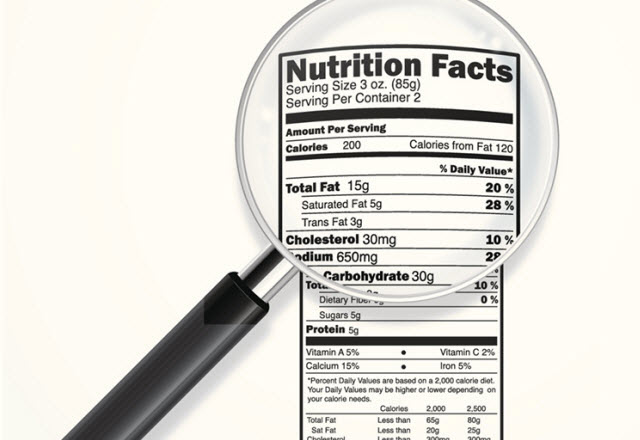
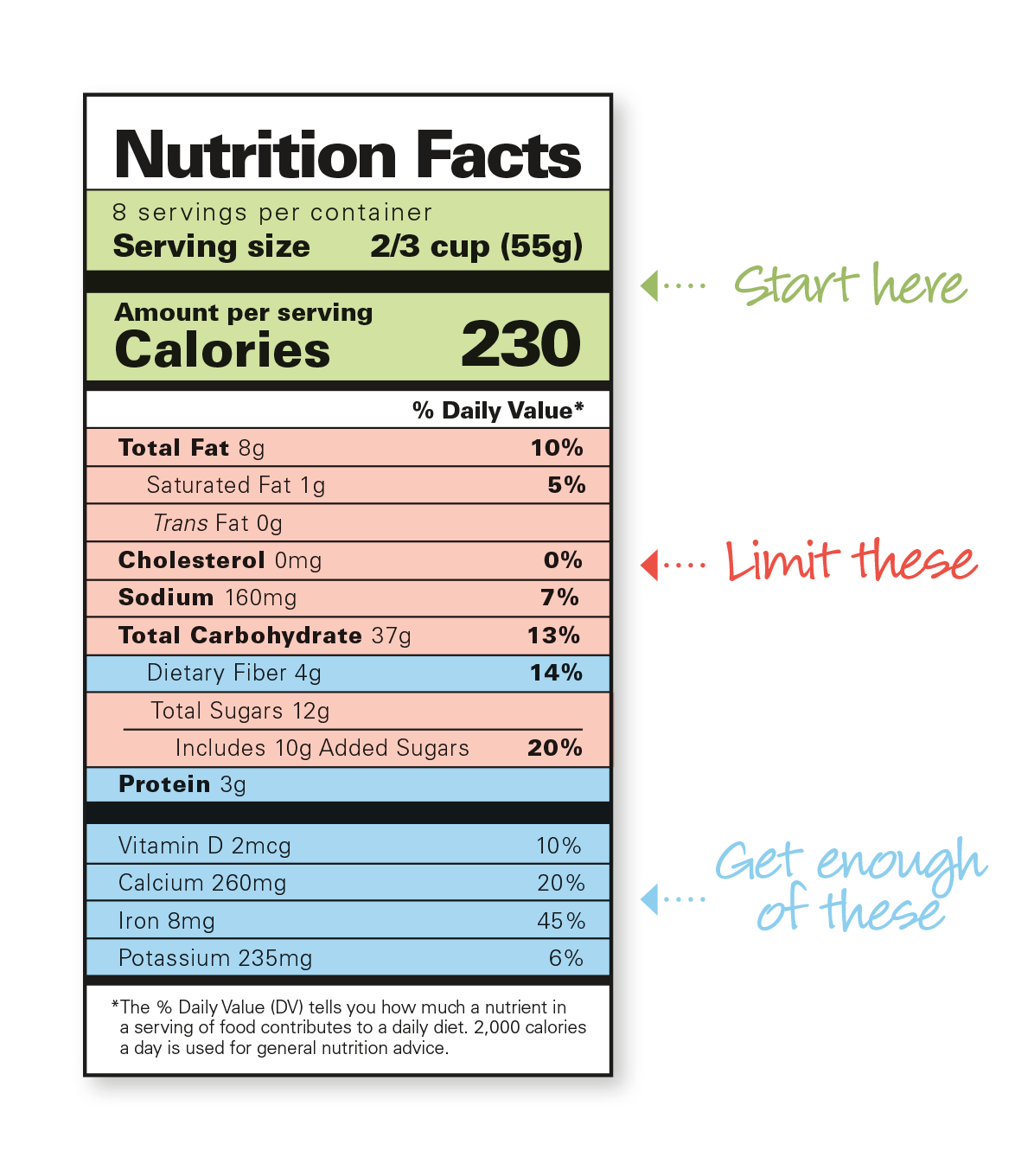
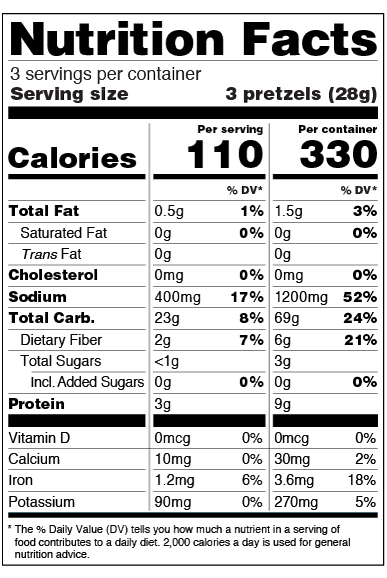
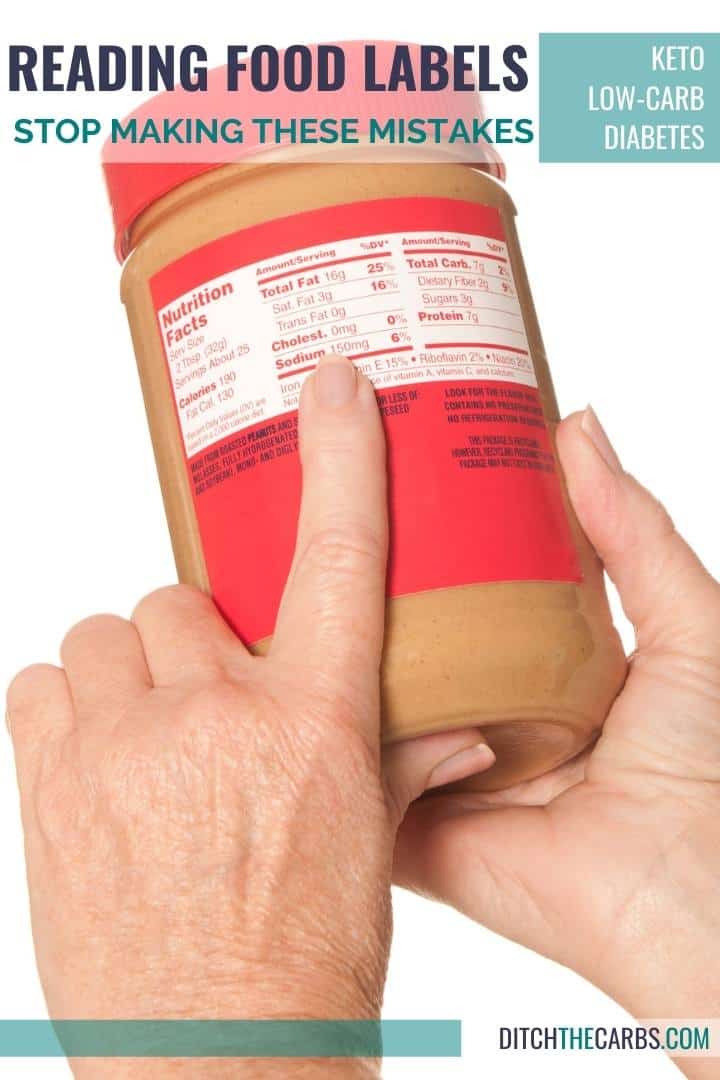

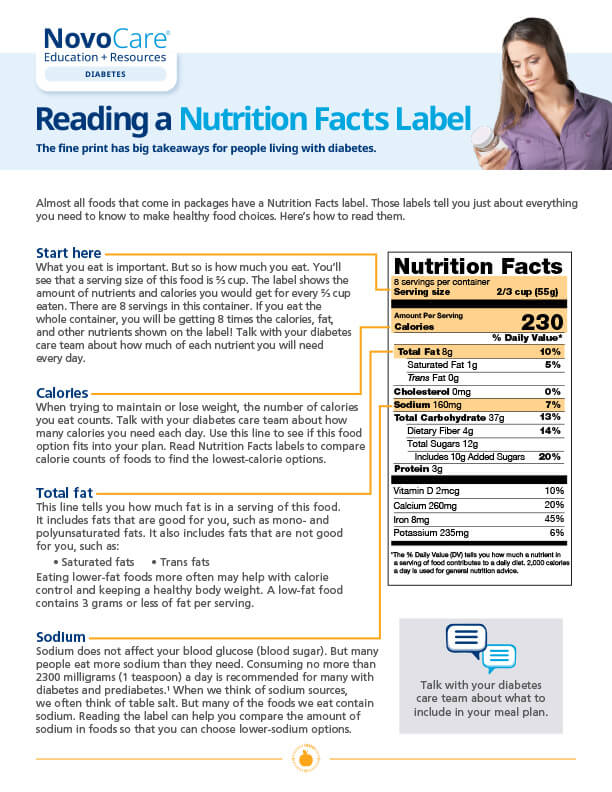
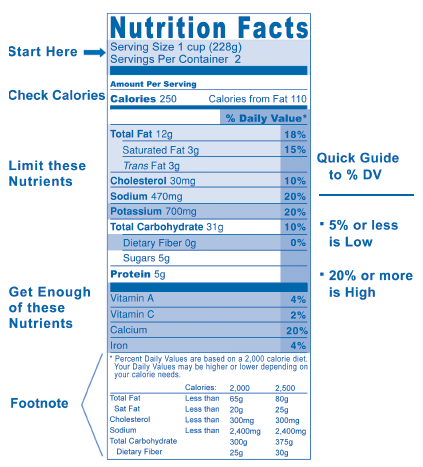






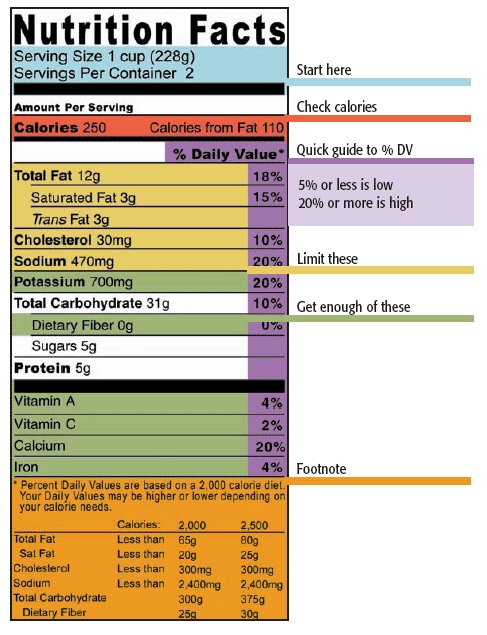
/Untitled-design-1--5755c3703df78c9b46903dab.jpg)


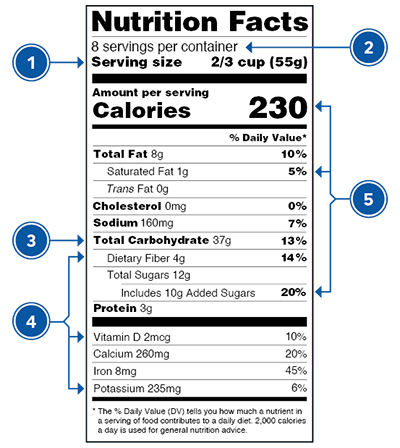



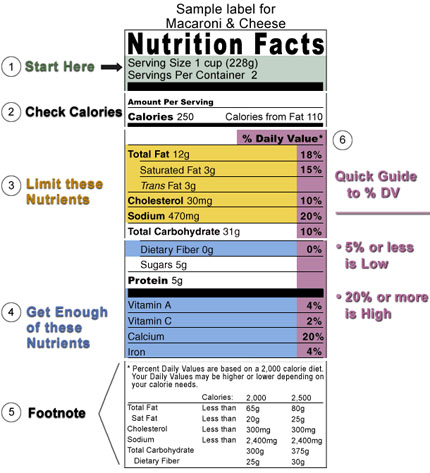
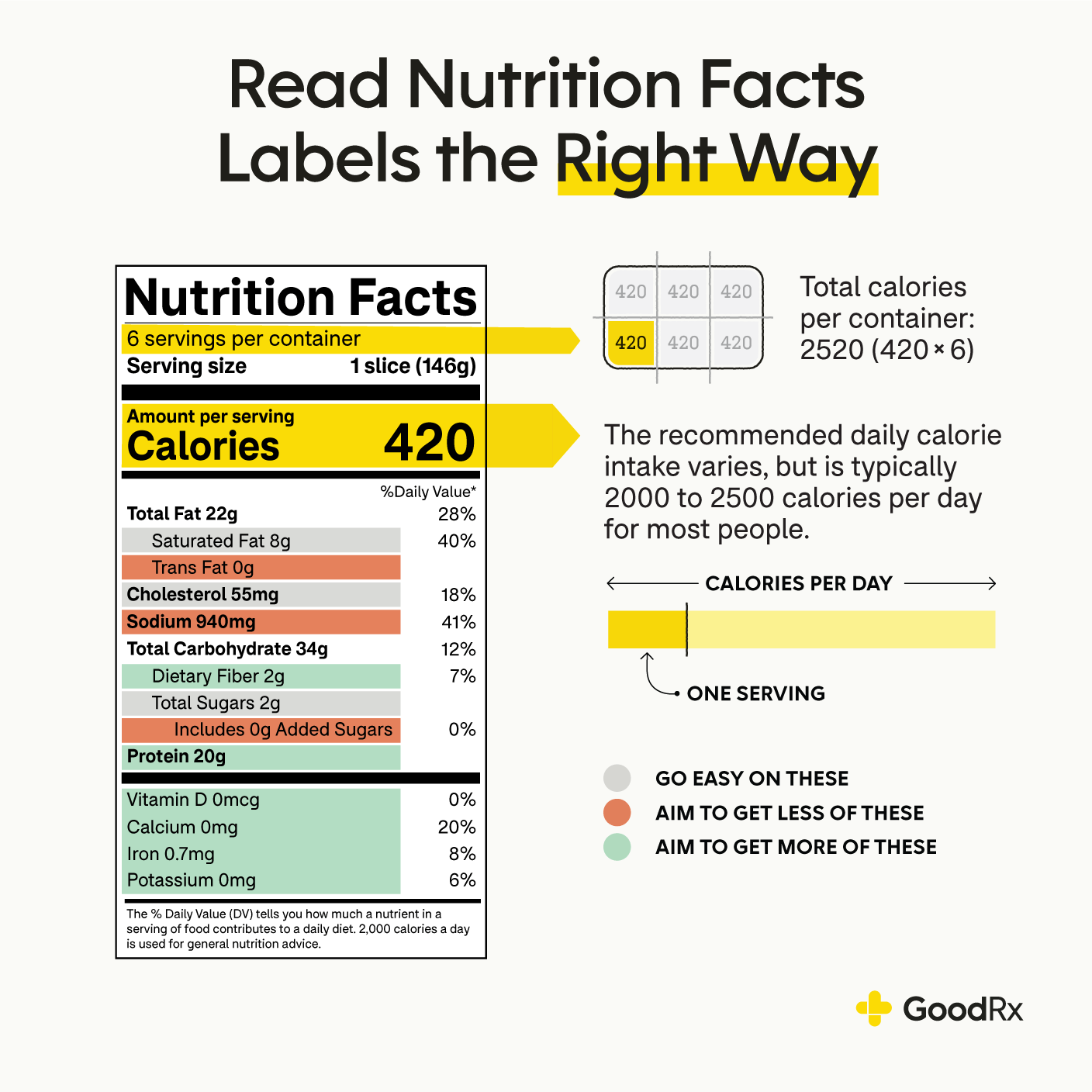
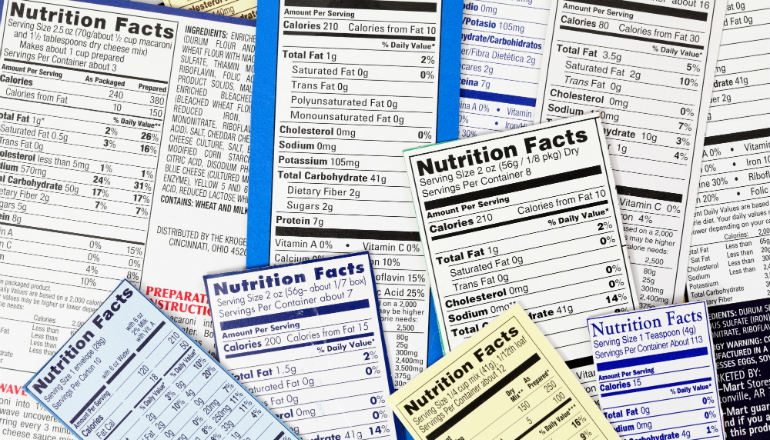

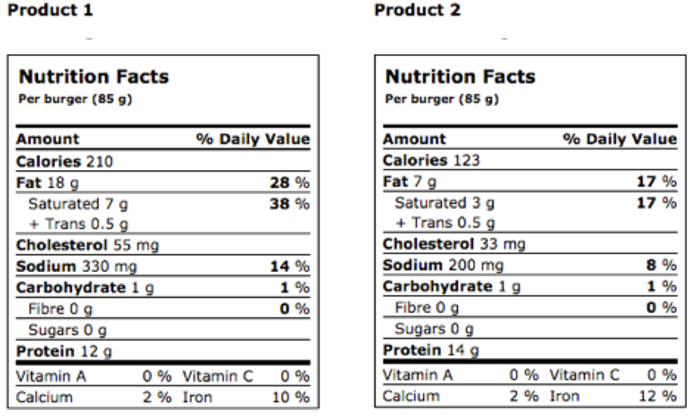
Post a Comment for "38 how to read nutritional facts labels"